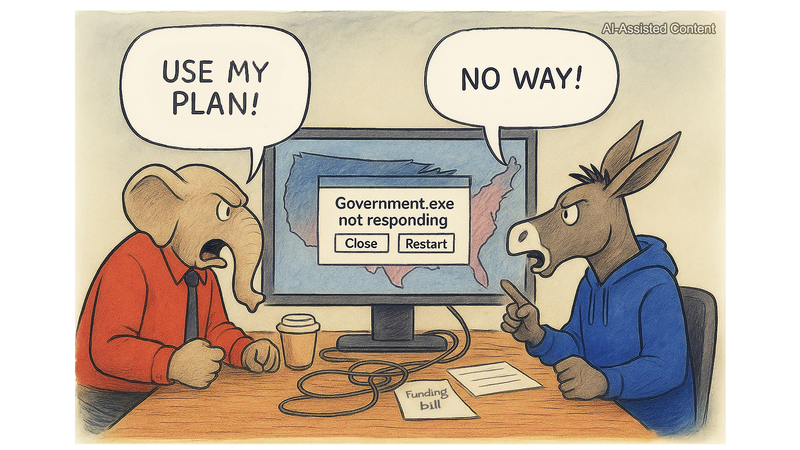Global markets were jolted when the U.S. announced a range of reciprocal tariffs—from 10% to nearly 50%—on imported goods. In response, the Chinese mainland rapidly imposed a 34% counter tariff on U.S. products, sending a clear message and deepening market uncertainty.
This bold move has ignited a debate among economists, business leaders, and policy influencers. Some argue that such protective measures could spark a re-industrialization of the U.S. economy, reviving manufacturing and job creation. Others warn that these unilateral actions might trigger a cascade of bankruptcies, putting additional strain on an already over-indebted global financial structure.
A White House fact sheet pointed to policies in force in countries including the Chinese mainland, Germany, Japan, and South Korea. Its argument was that these nations have adopted regressive tax systems, lax environmental penalties, and wage-suppressing measures designed to boost export competitiveness at the cost of domestic consumption. Yet critics note that this broad categorization overlooks significant differences in economic models.
For example, the Chinese mainland has lifted nearly 850 million citizens out of poverty and built a robust middle-income group with significant purchasing power—developments that have fueled growth for regions across the Global South. By contrast, Germany’s integration into the eurozone in 1999 and the subsequent Agenda 2010 reforms have reshaped its economic landscape in distinct ways, highlighting the complexity of comparing divergent national policies.
Insights from commentator Helga Zepp-LaRouche of a renowned economic think tank underline the stakes. She suggests that the current U.S. tariff strategy is a high-stakes gamble—potentially paving the way for a manufacturing renaissance or, conversely, precipitating a destabilizing chain reaction in global finance.
As negotiations and strategic reviews continue on all sides, the unfolding tariff saga serves as a stark reminder for young global citizens, tech innovators, and policy changemakers. In an increasingly interconnected world, the balance between protectionism and free, sustainable trade will be key to shaping our shared economic future.
Reference(s):
cgtn.com



